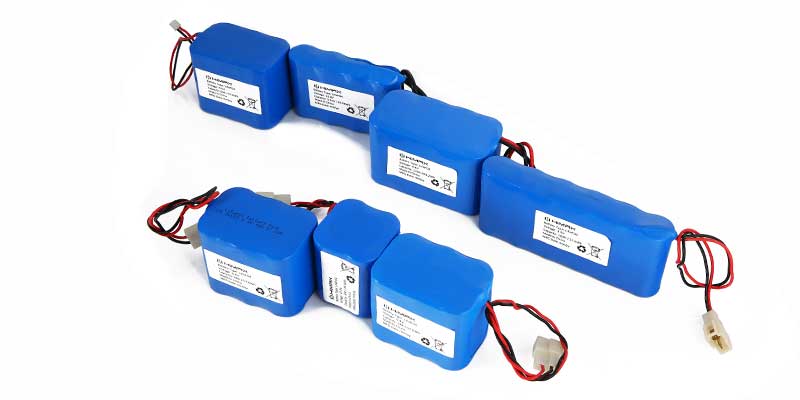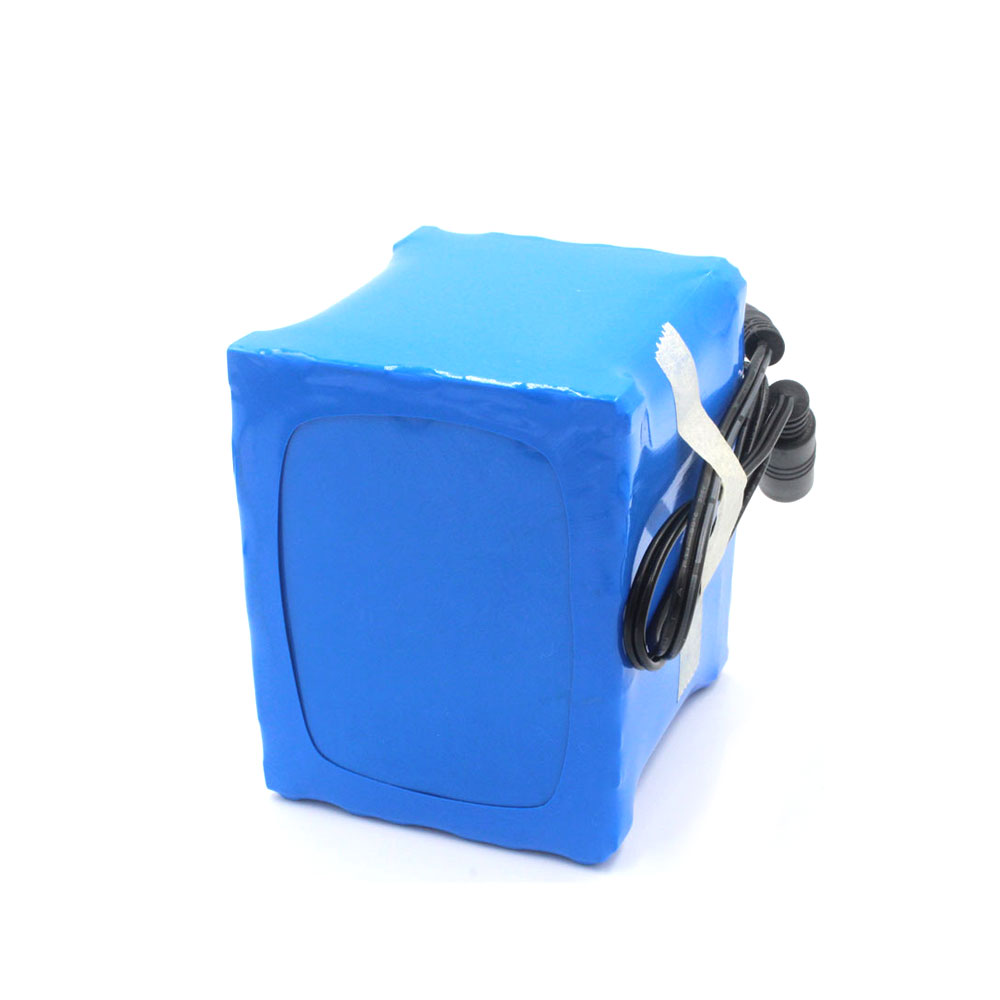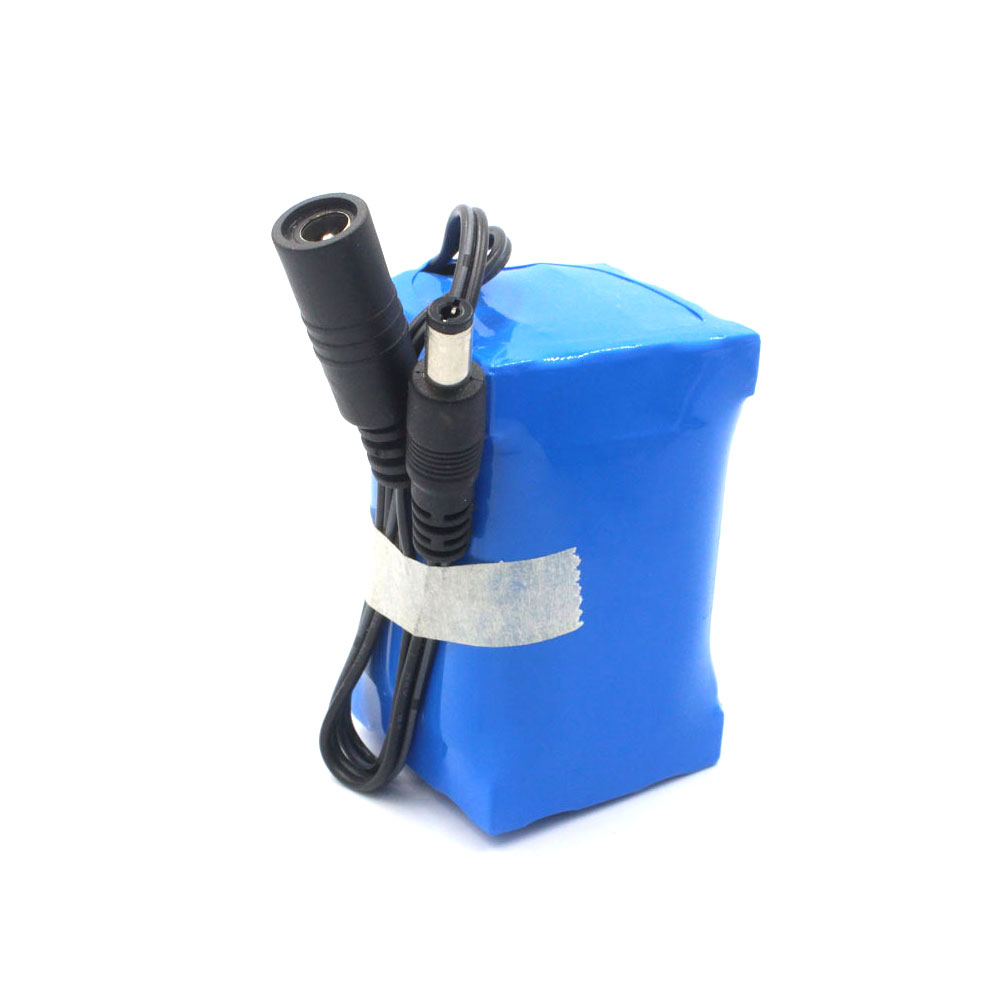Lithium battery electrode additive industry research
Custom lithium battery pack is mainly composed of electrolyte, separator, positive electrode material and negative electrode material. As one of the four key materials in lithium battery manufacturing, electrolyte is the medium for lithium ion migration and charge transfer, and is known as the “blood” of lithium batteries.
As an important component of custom lithium battery pack, electrolyte additives have a direct and significant impact on the performance of lithium batteries. Therefore, improving the functional role of electrolyte additives in lithium batteries is an important way to improve the performance of lithium batteries. 1. Electrolyte additive VC This additive has the characteristics of small dosage and significant effect. It can significantly improve the performance of lithium batteries without increasing production costs and changing the production process. In high-energy-density lithium iron phosphate batteries, electrolyte additives are used as auxiliary materials. They were previously added in small amounts and accounted for less than 8% of the electrolyte additive cost structure. The average market price of VC electrolyte additives fell.
The sharp increase in VC prices at the end of 2021 is due to the imbalance of supply and demand and the sudden increase in customer demand. As the capacity utilization rate of VC manufacturers increases, the supply side has increased. VC manufacturers may have stocked up before, but now they have shipped, so the price has dropped.
Electrolyte additive DTD
-
Introduction to DTD (vinyl sulfate)
DTD (vinyl sulfate) is a film-forming additive for SEI. The addition ratio of iron lithium is less than 1%, and the ternary addition ratio is less than 3%. At present, the preparation of DTD mainly uses sulfoxide chloride and ethylene glycol as raw materials.
-
Market size
Ternary batteries have higher energy density, but the disadvantage is poor thermal stability. DTD can improve the high-temperature cycle and high-temperature storage performance of the battery, and reduce battery expansion after being placed at high temperatures. Therefore, the research report believes that a higher proportion of DTD needs to be added to ternary batteries. DTD is a relatively new additive, mainly added to ternary lithium, but the proportion of lithium iron phosphate has exceeded that of ternary lithium. Therefore, the compound annual growth rate of DTD is still conservatively estimated at 20%.
-
DTD market price
Since 2018, the market supply of vinyl sulfate has increased, so the price of vinyl sulfate has dropped accordingly. The current unit price is about 230,000 yuan/ton.
The study predicts unit prices will fall by 10% annually. The price of ethylene sulfate continues to decline from 2019 to 2021. The main reasons are:
Improve the vinyl sulfate production process and reduce costs.
The top five battery electrolyte companies continue to deploy upstream raw materials, driving the price of ethylene sulfate downward.
The price of ethylene sulfate rebounded from January to March 2022. The price increased mainly due to the boom in the downstream electric vehicle industry and the tight supply and demand of upstream raw materials.
Scale of electrolyte additive industry
Industry development status quo
The development of global electrolyte additives is deeply affected by the development of the custom lithium battery pack industry. Major lithium battery producing countries have been affected to varying degrees, resulting in a slowdown in the growth rate of lithium battery production, which in turn affects the market demand for electrolyte additives.
Power batteries are the largest downstream application area for electrolyte additives. Benefiting from the development of the electric vehicle industry, my country’s demand for power batteries continues to grow, driving the development of lithium battery electrolytes.
China’s lithium battery electrolyte market continues to grow. The market size of electrolyte is proportionally related to the production of lithium batteries. The increase in demand for lithium batteries has driven the market size of electrolyte additives to continue to rise.
With the continuous expansion of the scale of the lithium battery industry and electric vehicles and the improvement of battery safety, cycle life and energy density requirements, more requirements have been put forward for electrolyte additives. Charge protection, improved low-temperature performance, etc. will gradually be enhanced.
Supply side
The global output of electrolyte additives is growing steadily, and Chinese companies are the absolute main force in the additive industry. In the future, new additive production capacity will largely depend on the expansion of Chinese companies. Among battery companies, Guangzhou Tyker Energy is a professional lithium battery seller.
Electrolyte additives replace risk factors
① Hydrogen battery
A hydrogen fuel cell is a battery that uses hydrogen element to store energy. Its basic principle is the reverse reaction of water electrolysis. Compared with lithium batteries, hydrogen fuel cells have the following advantages: low energy conversion consumption.
The hydrogenation speed is faster than the charging speed, which is more in line with the needs of long-term efficient transportation. It has no pollution to the environment and basically achieves zero carbon emissions.
However, hydrogen fuel cells are still in the early stages of industrialization, and there are still many problems to be solved:
- The industrial chain is not yet mature and the cost is high.
- It is difficult to build hydrogen refueling stations.
- The construction cost of a hydrogen refueling station is generally more than three times that of a gas station, and is also higher than the construction cost of a charging station.
- Hydrogen is a dangerous, flammable and explosive gas. Early construction, safety management and later maintenance are difficult. It may also pose certain threats to vehicle safety during use.
Hydrogen fuel cells have the advantages of long cruising range and short charging time. It is one of the directions for the industrialization development of automobile companies.
It is expected that after the industrialization of hydrogen fuel cells in 2030, hydrogen fuel cells will coexist with other batteries, and a combination of hydrogen fuel cells and lithium batteries may occur.
②Solid-state lithium-ion battery
A solid-state lithium-ion battery is a battery that uses solid electrodes and solid electrolytes. Compared with lithium batteries, solid-state lithium-ion batteries have the following advantages:
-
high energy density
Solid-state batteries directly use lithium metal as the negative electrode, which is light in weight and has high energy density, ensuring the durability of the vehicle.
-
small size
Solid electrolyte additives replace the separator and electrolyte additives of traditional lithium batteries, making the battery thin, small, and light.
-
High flexibility
The flexibility of solid-state batteries will also be significantly improved after thinning, ensuring that their performance does not decrease.
-
High safety factor
Solid electrolyte additives are non-flammable and moisture-proof, and the battery safety factor is higher than traditional lithium batteries. As the core component of electric vehicles, the energy density and scale of batteries directly determine the cruising range of electric vehicles.
High energy density solid-state lithium batteries have broad application prospects, but solid-state lithium batteries still have the following development resistance:
-
Low ionic conductivity
This blocks the movement of lithium ions between the positive and negative electrodes of the battery, resulting in reduced lithium ion transport speed and efficiency.
-
Poor interface contact
The contact area between the solid electrolyte additive and the positive and negative electrodes is small, the interface impedance is large, and the battery cycle life and rate performance are poor, resulting in slow charging speed.
-
expensive
Without a complete industrial chain to support commercialization, it is impossible to prepare large quantities of materials. Development is still relatively slow.
To sum up, hydrogen fuel cells and solid-state lithium-ion batteries have certain technical advantages. The world’s top 10 custom lithium battery pack companies and well-known car companies have made arrangements, and the development prospects are good. But it is limited by technical and cost pain points.
In the future, the battery industry is more likely to see technological parallelization. Consumer trends require future cars to be economical, safe and environmentally friendly. Both lithium batteries and fuel cells are deficient in their current supply. A combination of the two can complement each other.
Conclusion
Taken together, it is expected that the future market structure will be that liquid lithium-ion batteries coexist with other batteries, and each battery has its own application fields.
Liquid lithium-ion batteries are less likely to be replaced. Moreover, they are likely to maintain a considerable market space in the short term, and the market space for electrolyte additives such as VC and FEC will not be significantly compressed.
source:
https://www.tycorun.com/blogs/news/electrolyte-additive
If you have any question, please feel free to contact us:
- Name: Dawn Zeng (Director)
- E-mail address: sales@himaxelectronics.com





